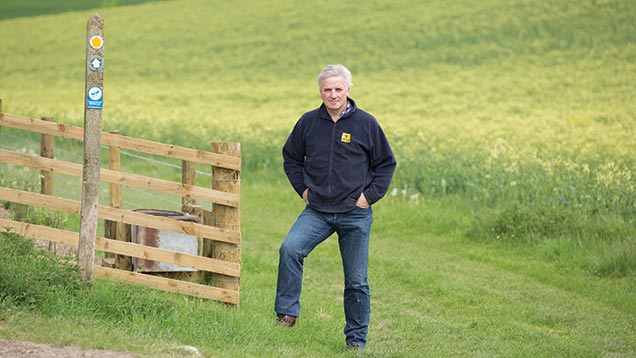Farmer Focus: Growing more sugar beet despite low price
 © Tim Scrivener
© Tim Scrivener Last weekend saw the completion of sugar beet deliveries from the Nottinghamshire farm, bringing the 2015 cropping season to an end.
The weather last year made it rather a vintage year for sandland farming, with all crops performing in terms of quality and quantity.
I remember a weekend in June 2015 when we had 36mm of rain in Nottinghamshire, but only 6mm down here at Royston, helping to drive the beet crop on.
See also: Read more from our arable Farmer Focus writers
In fact, for the first time our beet crop in Nottinghamshire outperformed the one here at Royston on the chalkland.
A long-held policy of not allowing any straw to be imported onto the farm for strawing down carrot crops or for use on the outdoor pig units at the Nottinghamshire farm has kept it clear of wild oats and blackgrass, allowing the growing of seed oats to continue.
Extensive importation of straw has led to the unwelcome appearance of blackgrass on many sandland farms, and contrary to once-held beliefs that it wouldn’t survive on sands, it seems to be thriving.
Some final cropping decisions for 2016 still need to be made. We shall again avoid pulses, both here at Royston and in Nottinghamshire, even if they do work with greening requirements.
As well as the growing issues with the crop, several neighbours report having stocks in farm stores they can’t sell.
Despite the lower contract price for beet in 2016, we have increased our area, due partly to the area of virgin beet land that we have taken on this year.
When comparing figures with alternative crops, it still stacks up, provided that yields seen over the past few years can be maintained or improved on.
The main change in our 2016 cropping has been a doubling of the rye area to 275ha, most of which is for seed production.
Robert Law farms 1,700ha on the Hertfordshire, Cambridgeshire and Essex borders growing cereals, mustard, a range of forage crops for seed, sugar beet, up to 200ha of catchcrop stubble turnips and 300ha of grass supporting a flock of 2,500 ewes. All land farmed is in environmental stewardship schemes. He also manages 500ha of sandland in Nottinghamshire.

